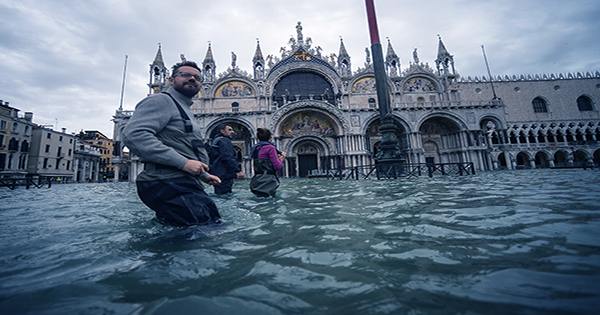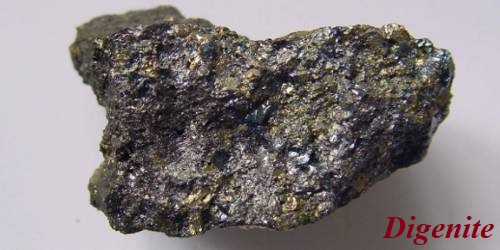Liangzhu, in China’s Yangtze Delta, reached technical improvement 5,300 years ago, which was likely unprecedented in the world at the time, It dubbed “China’s Venice of the Stone Age” because of its system of canals and dams, but the city and its culture perished abruptly after over a thousand years.
The origin of the floods has been contested, but a recent study blames it on transient climatic shifts that triggered flooding beyond the control of even the most modern water management system. Liangzhu was a pioneer in hydraulic engineering at a period when most of the world had yet to find agriculture. Although the city walled to keep attackers out, the rivers that permitted the cultivation of wide portions of the lush, but naturally waterlogged, delta must have been a marvel to any visitors.
The construction of such an old masterpiece by people who had not yet discovered metallurgy is a marvel, but Professor Christoph Spötl of the University of Innsbruck is more interested in why such a long-standing metropolis eventually crumbled. Spötl and co-authors link the data with fluctuations in the intensity of the Asian monsoon in Science Advances.
“A thin coating of clay was discovered on the surviving ruins, suggesting a link between the great civilization’s downfall and floods from the Yangtze River or the East China Sea. Human reasons such as warlike conflicts were determined to be lacking in evidence “In a statement, Spötl remarked.”
However, from the mud layer itself, no unambiguous conclusions on the reason could be drawn.” To see if floods were the issue, the researchers used stalagmites from the Shennong and Jiulong caves to study the climate higher up in the Yangtze River Valley during the last 100,000 years. Although the rate of precipitation of limestone in caves provides a rough indicator of rainfall at the period, carbon isotope analysis provides significantly more precision.
The Valley witnessed a significant rise in rainfall between 4,345 and 4,324 years ago. The time of Liangzhu’s collapse coincides with the study’s margin of error. “The heavy monsoon rains most likely caused major flooding of the Yangtze and its branches, damaging Liangzhu City and causing people to escape,” Spötl added.
Survivors may have regained the city if things had soon returned to normal, but the caverns record further periods of extremely wet weather over the following 300 years. These episodes were probably much too numerous at the time to make reconstructing the city feasible. To the descendants of people who formerly lived there, Liangzhu would have been a legend at best by the time the climate reverted to that of its glory days.
Other climatic alterations corresponded with developments in Chinese culture, according to the cave record, notably when a megadrought approximately 4,000 years ago coincided with the establishment of the first dynasty. The emperor, Yu the Great, may have aided by the drought’s timing in controlling the floods that had hampered growth for 300 years.
















